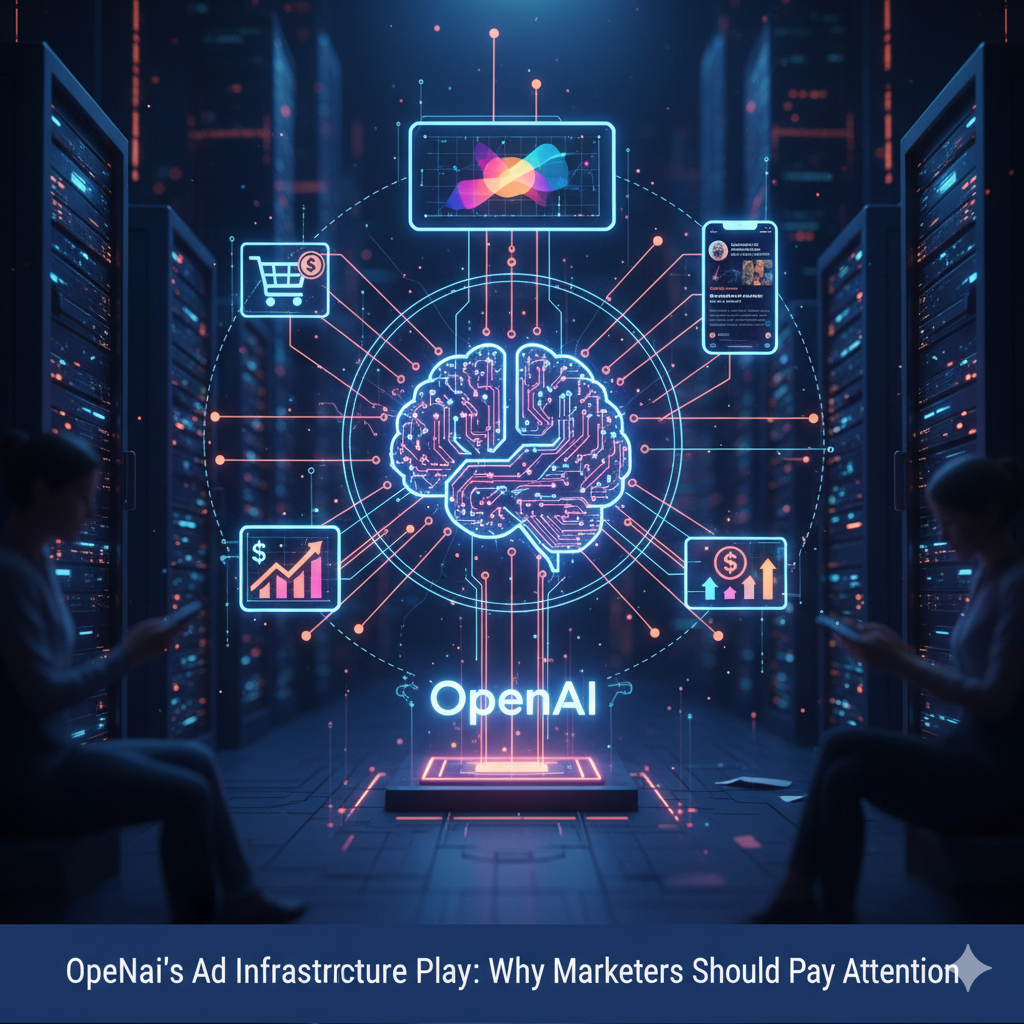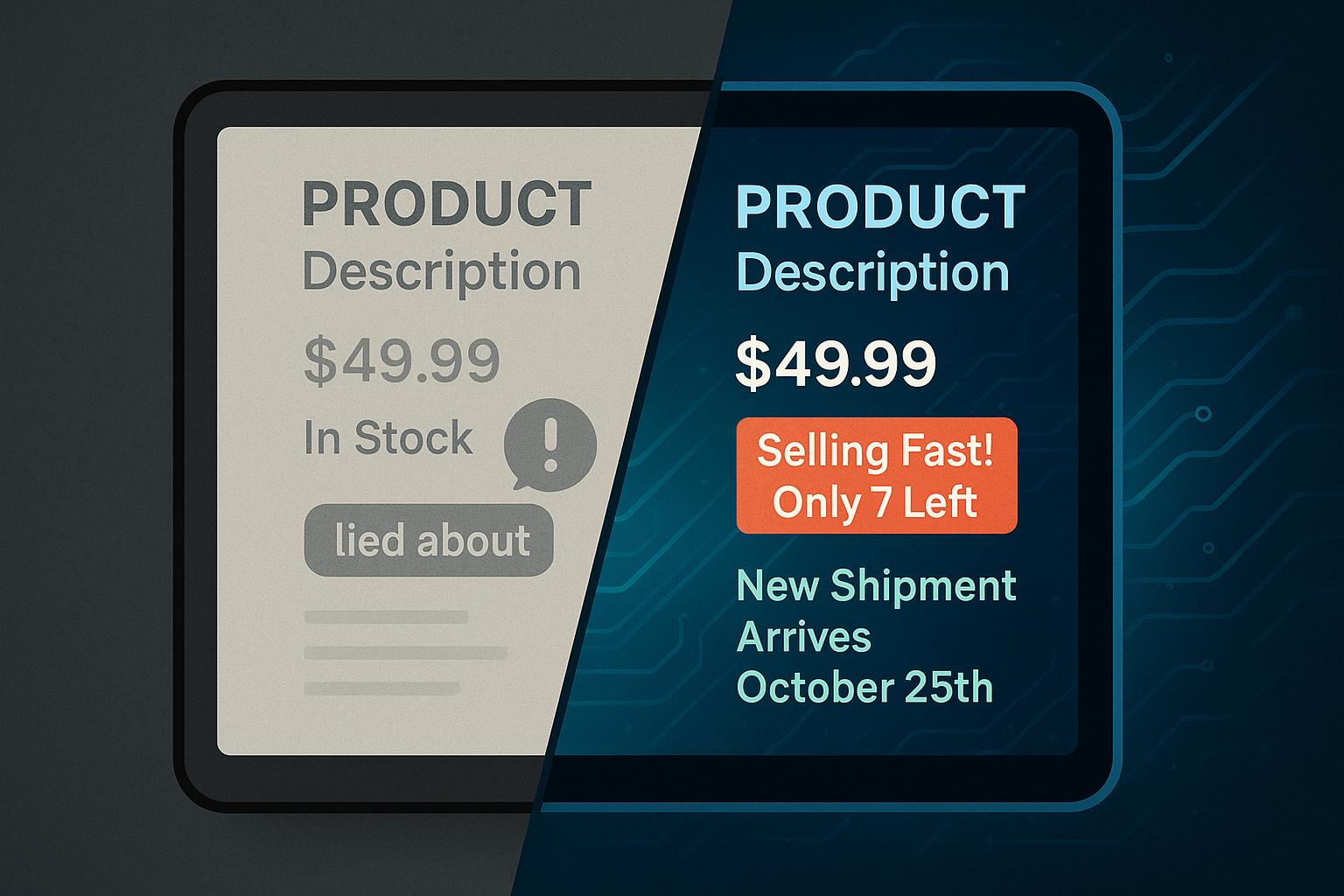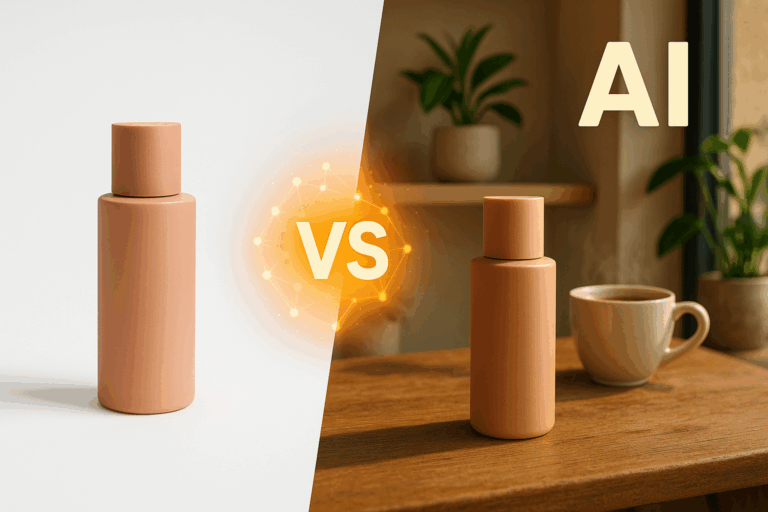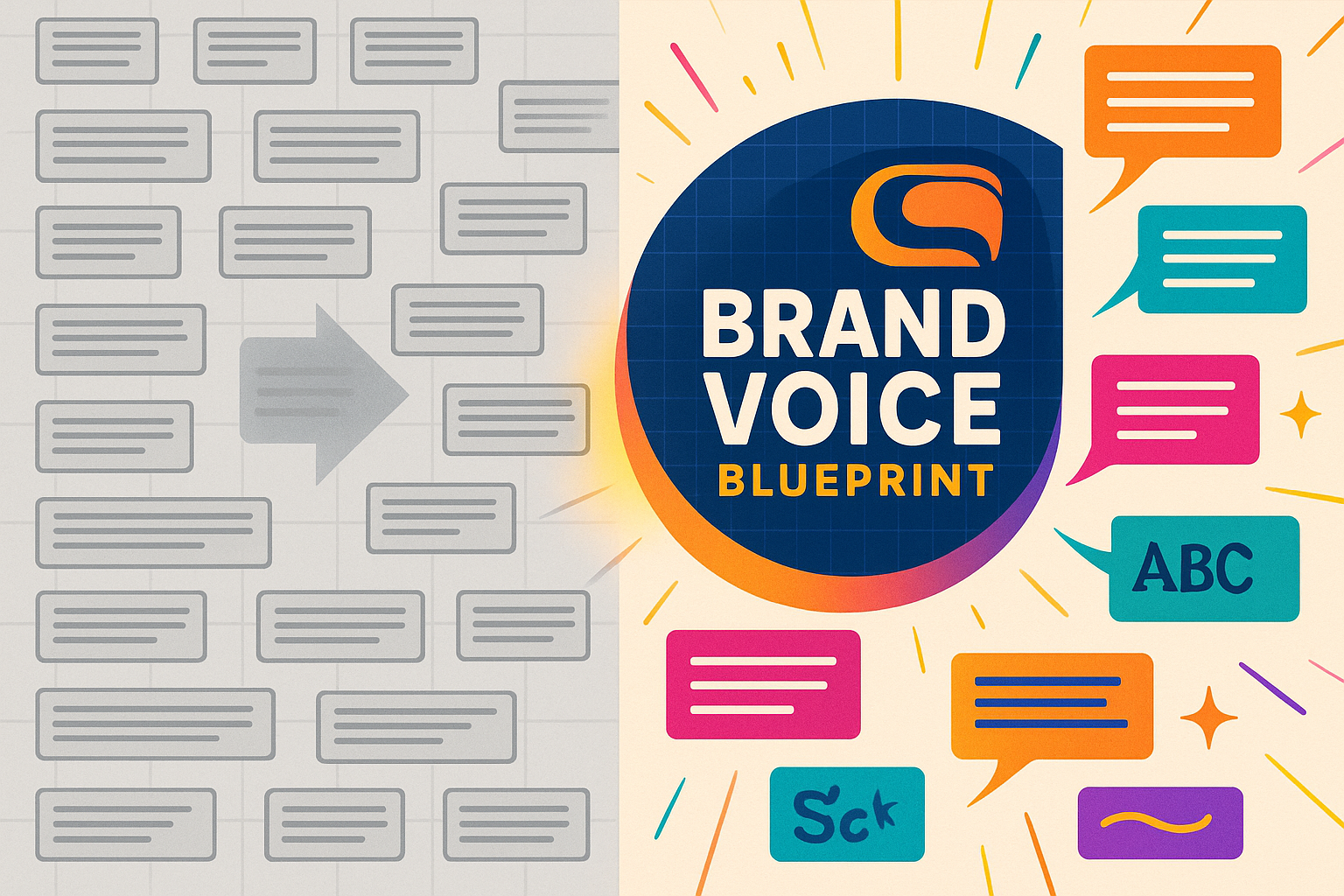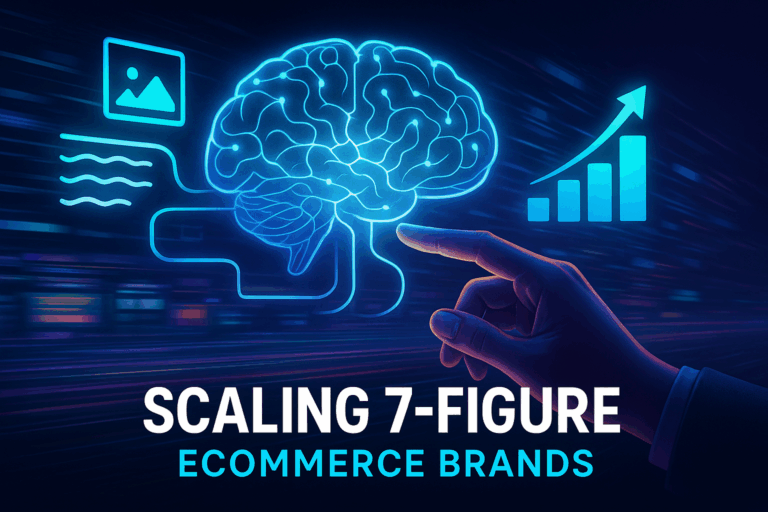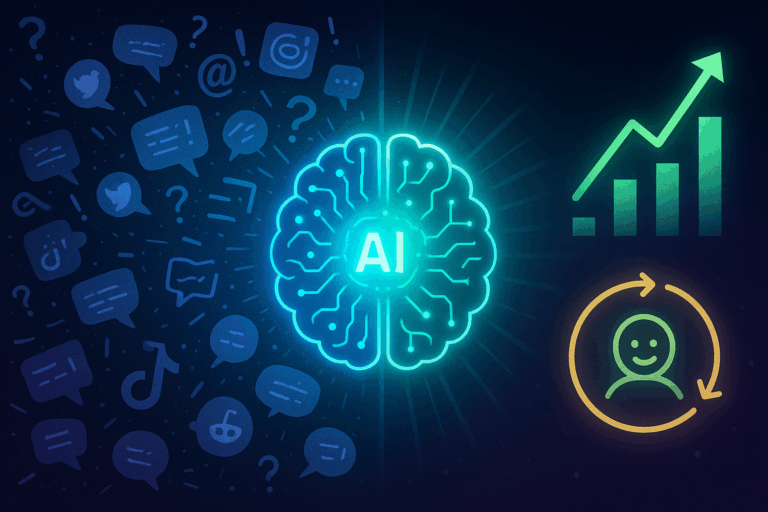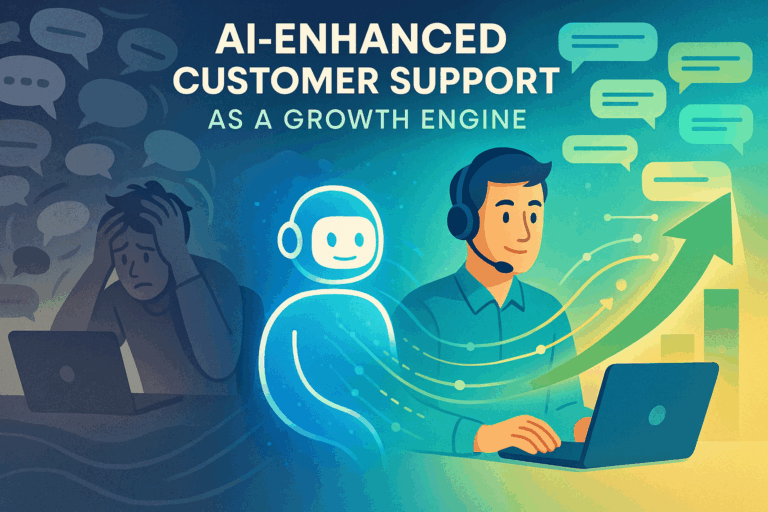When most people think about OpenAI, they think about ChatGPT’s rapid rise or the latest model announcement. But the real story — the one I believe marketers should be watching closely — is how OpenAI is quietly laying the foundation for its own advertising infrastructure.
Recently, OpenAI posted a job for a Growth Paid Marketing Platform Engineer. At first glance, it might sound like another technical hire. But the details are telling. This role is tasked with building campaign management tools, integrating directly with ad platforms, setting up real-time attribution pipelines, and creating experimentation frameworks to optimize spend. In other words, this isn’t about running ads. It’s about engineering the marketing backbone of the future.
Why This Move Matters
ChatGPT isn’t Google. It’s not Amazon. It’s not a platform where discovery starts with a keyword in a search bar. Instead, product discovery in ChatGPT starts with a conversation:
“Show me a compact coffee maker that works in small apartments and has reusable filters.”
“What’s a durable kids’ backpack under $60 with water bottle holders and reflective strips?”
For marketers, this changes everything. The infrastructure OpenAI is building isn’t just about attribution and spend optimization — it’s about creating a system that can connect natural-language intent with structured product data in a measurable, scalable way. That requires a new kind of marketing technology stack, one that doesn’t really exist today.
A Bigger Growth Play
It’s clear this role isn’t happening in isolation. Over the past year, OpenAI has:
- Named Omnicom’s PHD as its global media partner.
- Launched high-profile brand campaigns, including a Super Bowl ad.
- Expanded ChatGPT’s reach across platforms, hitting hundreds of millions of weekly active users.
- Brought on leaders with deep advertising expertise, including Fidji Simo, who previously built Instacart’s ad business.
To me, these are not random moves. They’re signals that OpenAI sees ChatGPT not just as a product but as a platform — one that could unify discovery, engagement, and monetization in entirely new ways.
What This Means for Marketers
As marketers, we’ve grown accustomed to adapting to new platforms: Google in the 2000s, Facebook in the 2010s, TikTok in the 2020s. Each one reshaped how people discover products, how brands allocate budgets, and how campaigns are measured.
ChatGPT could be the next evolution. The ability to plug structured product feeds into a conversational interface, measure outcomes with attribution pipelines, and optimize spend dynamically isn’t just another channel — it’s a new paradigm for product discovery.
This won’t happen overnight. But the groundwork is being laid now. And when OpenAI builds infrastructure at this level, the ripple effects tend to come fast.
My Take
OpenAI’s advertising ambitions aren’t about bolting an ad system onto ChatGPT. They’re about creating a growth engine that is conversation-first, attribution-driven, and built for scale.
If you’re a marketer, the smart move isn’t to wait until it launches — it’s to pay attention now. The companies that adapt earliest to new discovery ecosystems are the ones that capture the biggest advantage.
ChatGPT may very well become that next ecosystem. And the infrastructure OpenAI is building today will decide how brands show up in it tomorrow.
Final Thought
The next wave of digital discovery won’t be built on keywords or feeds alone — it will be built on conversations. The brands preparing now for a world where customers ask “Find me the best option for…” instead of “search [product name]” will be the ones that thrive when ChatGPT becomes the storefront.

